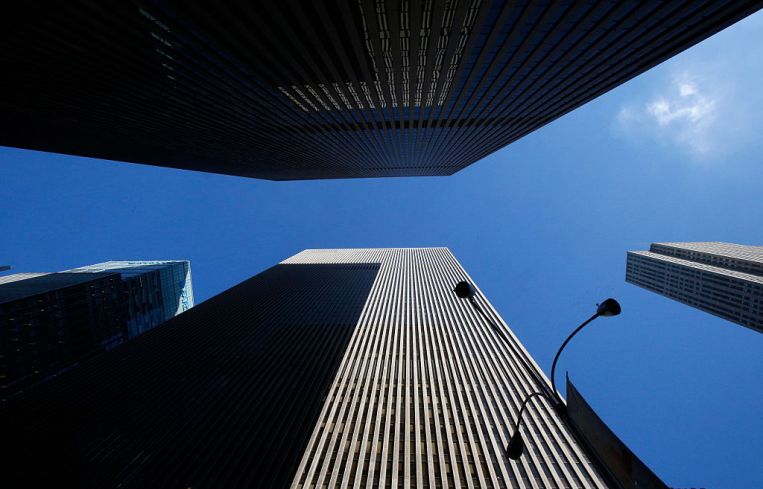Hybrid Work Costing NYC Businesses More Than $12B a Year, Report Finds
By Celia Young February 13, 2023 1:36 pm
reprints
Manhattan office employees are spending a whopping $12.4 billion less a year thanks to their hybrid work schedules, according to a Bloomberg analysis of Stanford University data.
The average Manhattan office staffer is spending $4,661 less per year on food and entertainment near their cubicles than they did in 2019, according to data from a monthly Stanford survey of U.S. workers. The study arrived at that figure by calculating how much an employee spent in or near the office during an average week in 2019 and then multiplying that figure by 30 percent, the average amount of time New York office workers worked remotely in 2022.
With 2.7 million office workers in Manhattan, individual drops in shopping amounted to billions in losses per year, according to Bloomberg, which calculated the annual cost by multiplying the average person’s decline in spending by the U.S. Census Bureau‘s 2019 estimate of the number of Manhattan commuters.
Gotham’s residents weren’t the only employees saving money. Los Angeles workers spent about $4,200 less annually in that same time period, Washington, D.C., residents coughed up $4,051 less, and Miami locals saved $3,323, all thanks to remote work, according to Stanford’s data.
New York City, however, saw the biggest drop in individual spending as return-to-office stagnated. Roughly 48 percent of city office workers were at their desks on an average week day in early January, while, nationally, occupancy hovered between 45 and 50 percent in the same period, according to Kastle Systems data, which tracks access swipes at office buildings in major U.S. cities.
The drop in worker spending comes as the office market continues to struggle to recover from the pandemic.
About 29 percent of employers have reduced their real estate footprint since 2020. While Manhattan office buildings saw a strong month of leasing in January, the market rang out 2022 with just 4.9 million square feet leased in the fourth quarter, in the lowest quarterly leasing volume since the second quarter of 2021.
Low occupancy, slow leasing and remote work will also likely hurt the city’s property values, according to a report from the New York City Independent Budget Office. The value of real estate sales are expected to drop by $101 billion from the 2022 fiscal year to the 2023 fiscal year thanks to a potential recession and a weaker office market, the report found.
Celia Young can be reached at cyoung@commercialobserver.com.



